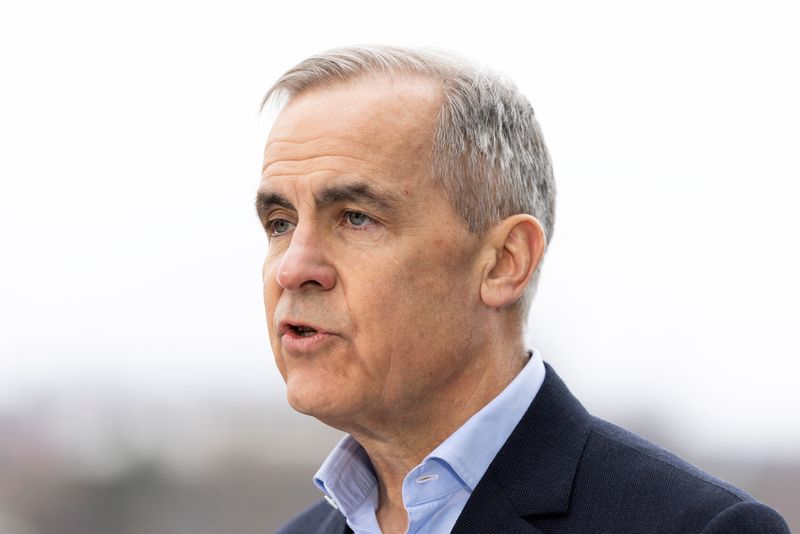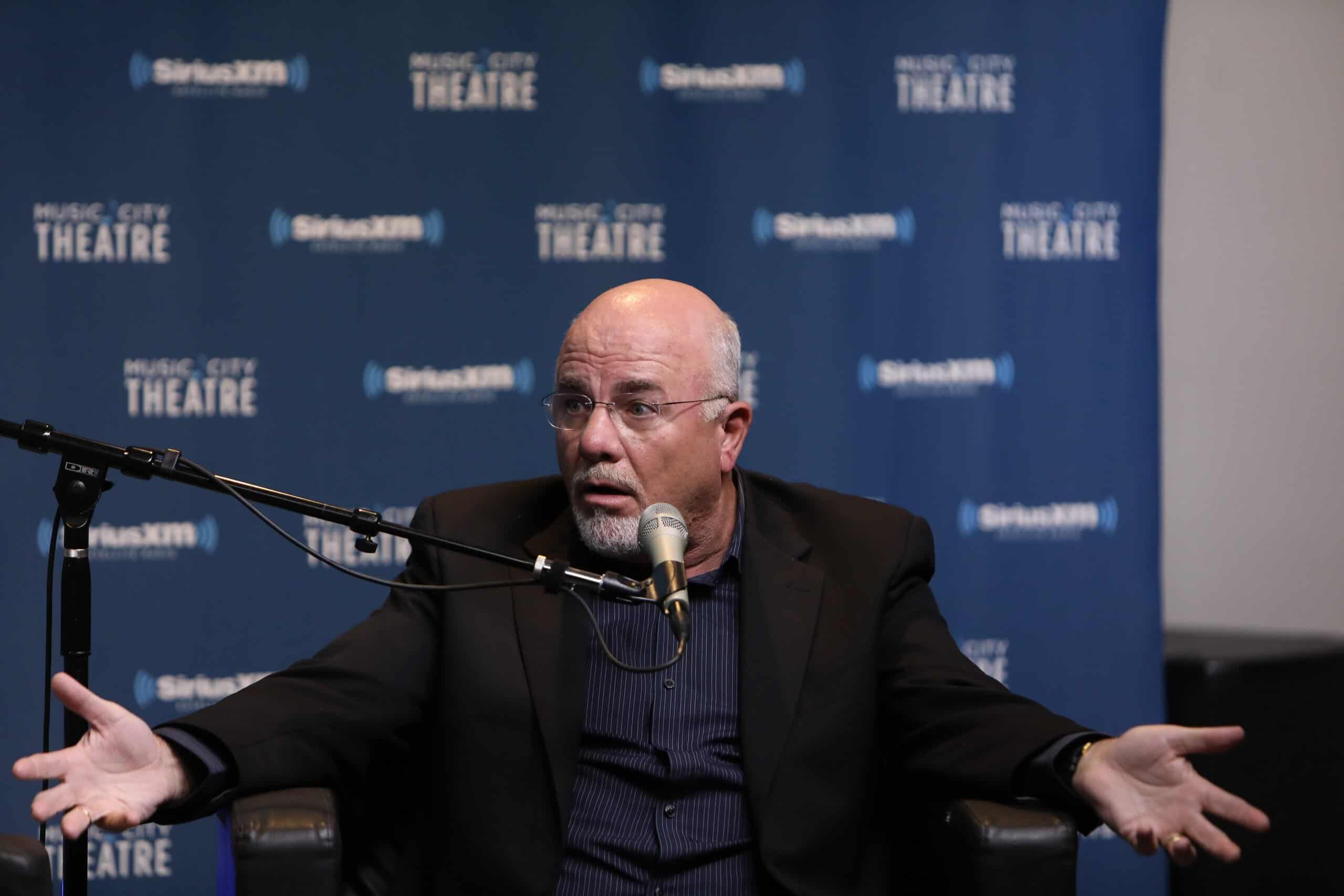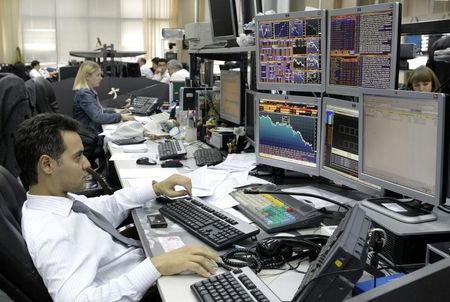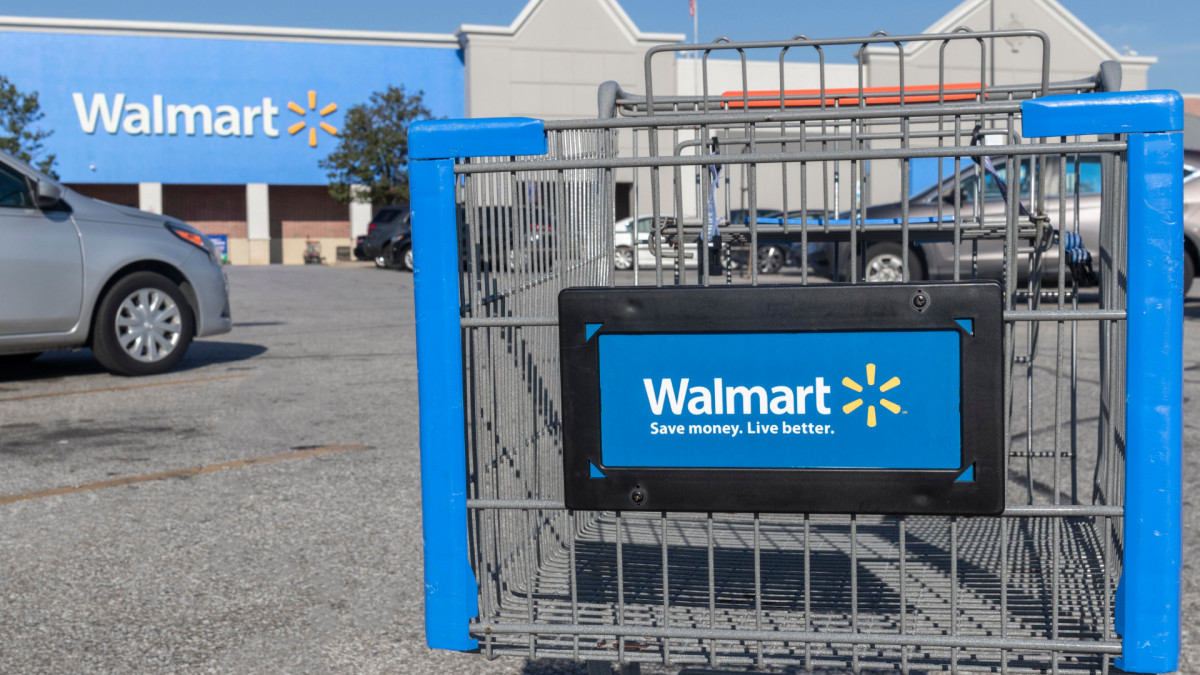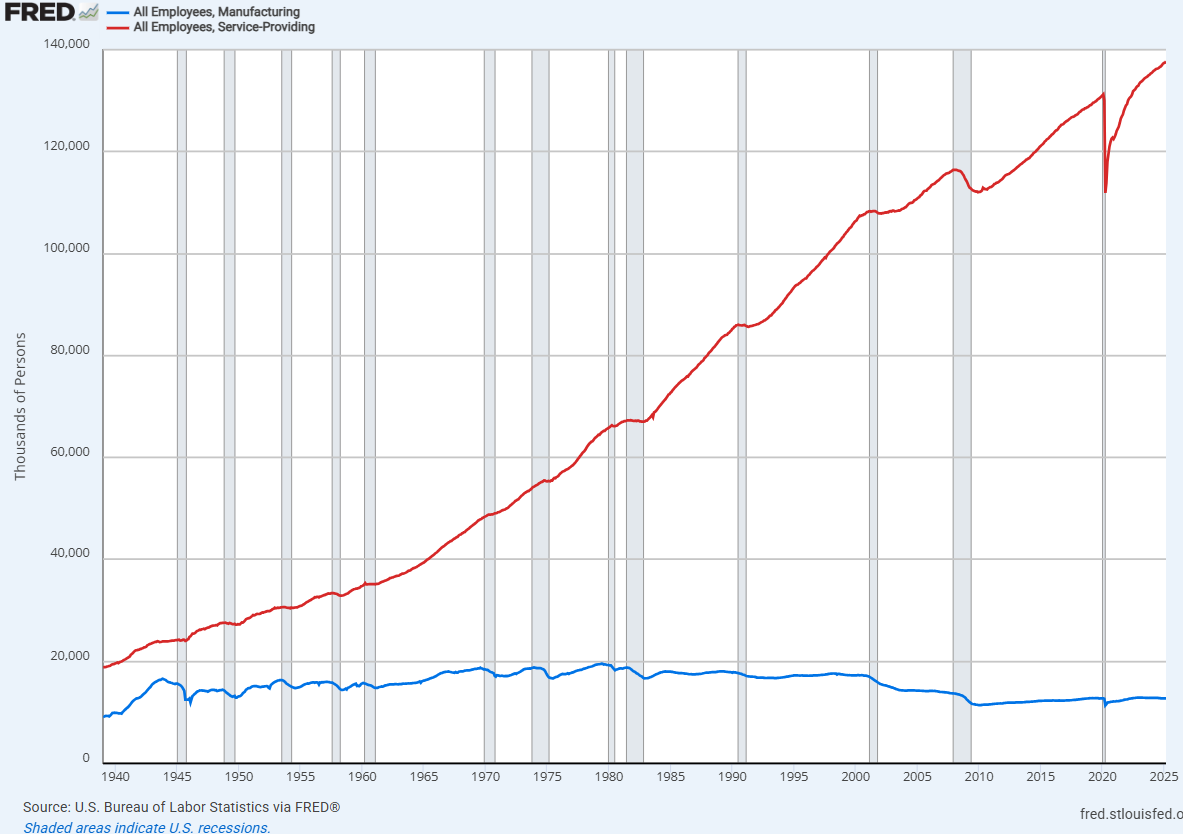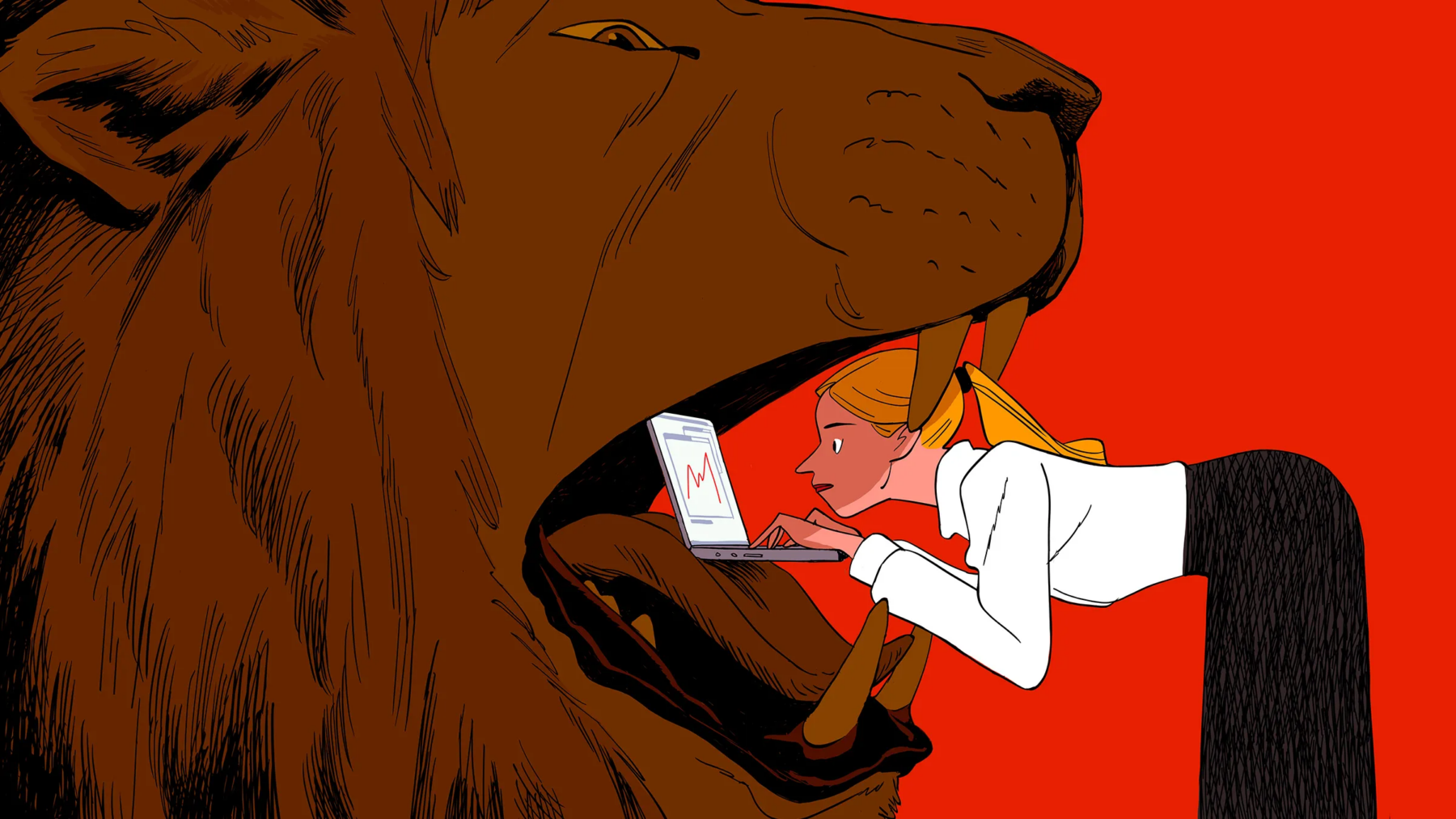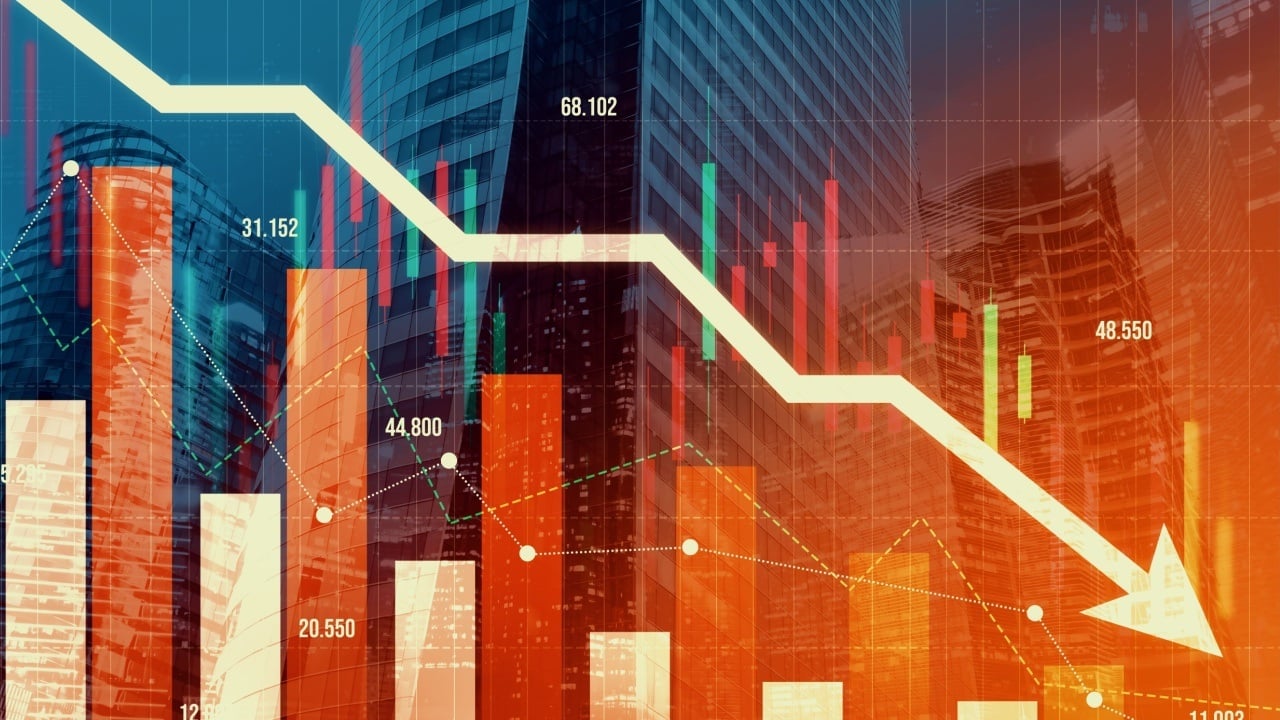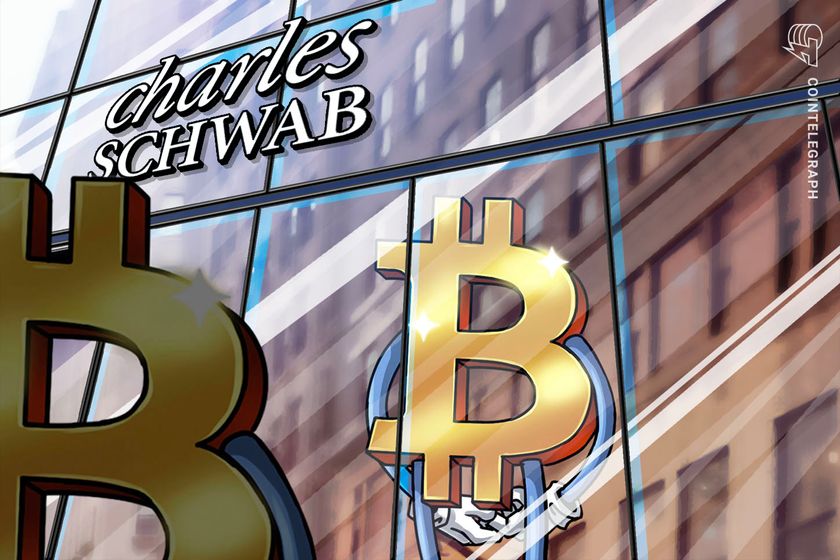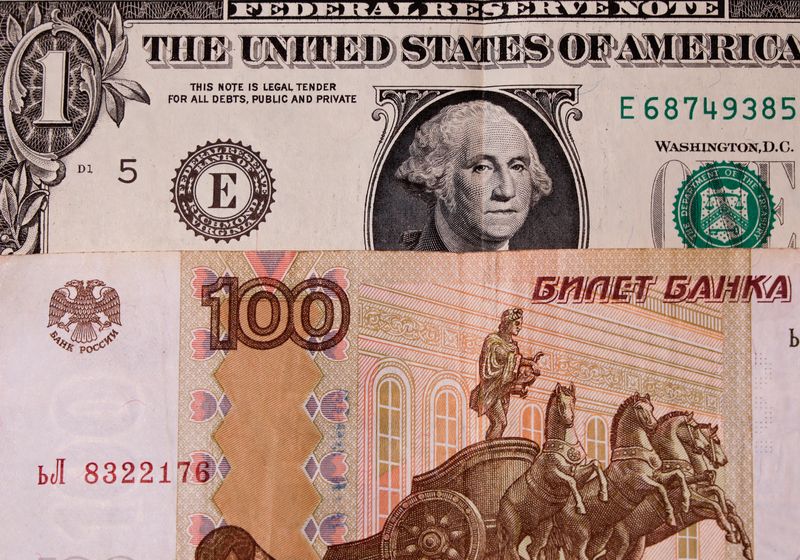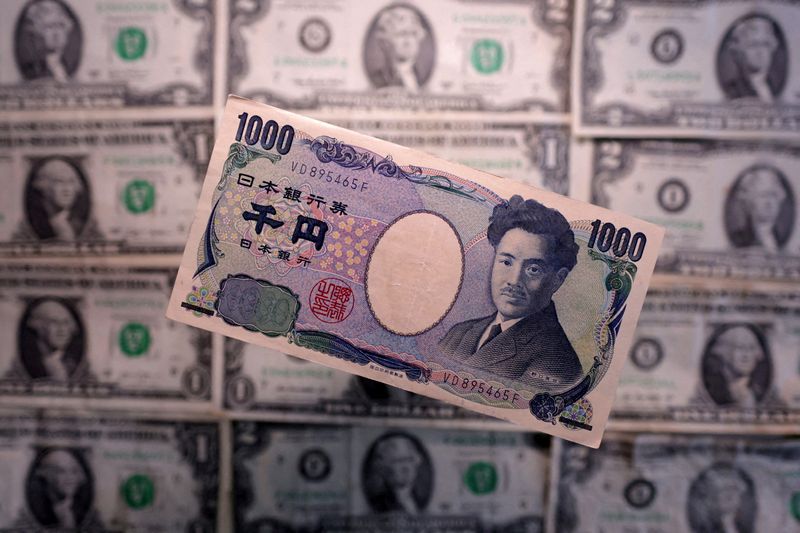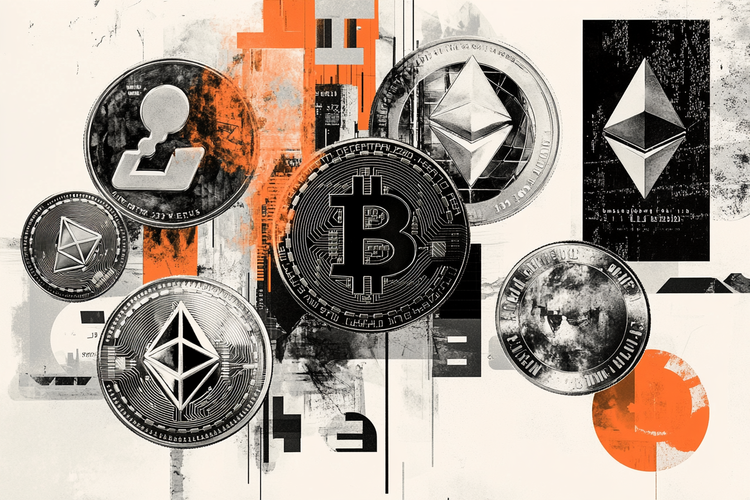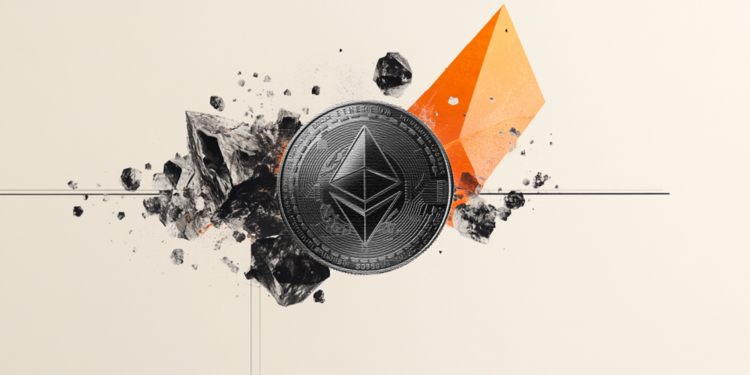Retail sales tumble in January, testing Fed rate cut forecast
January retail sales fell for the first month in five, Commerce Department data indicated Friday.
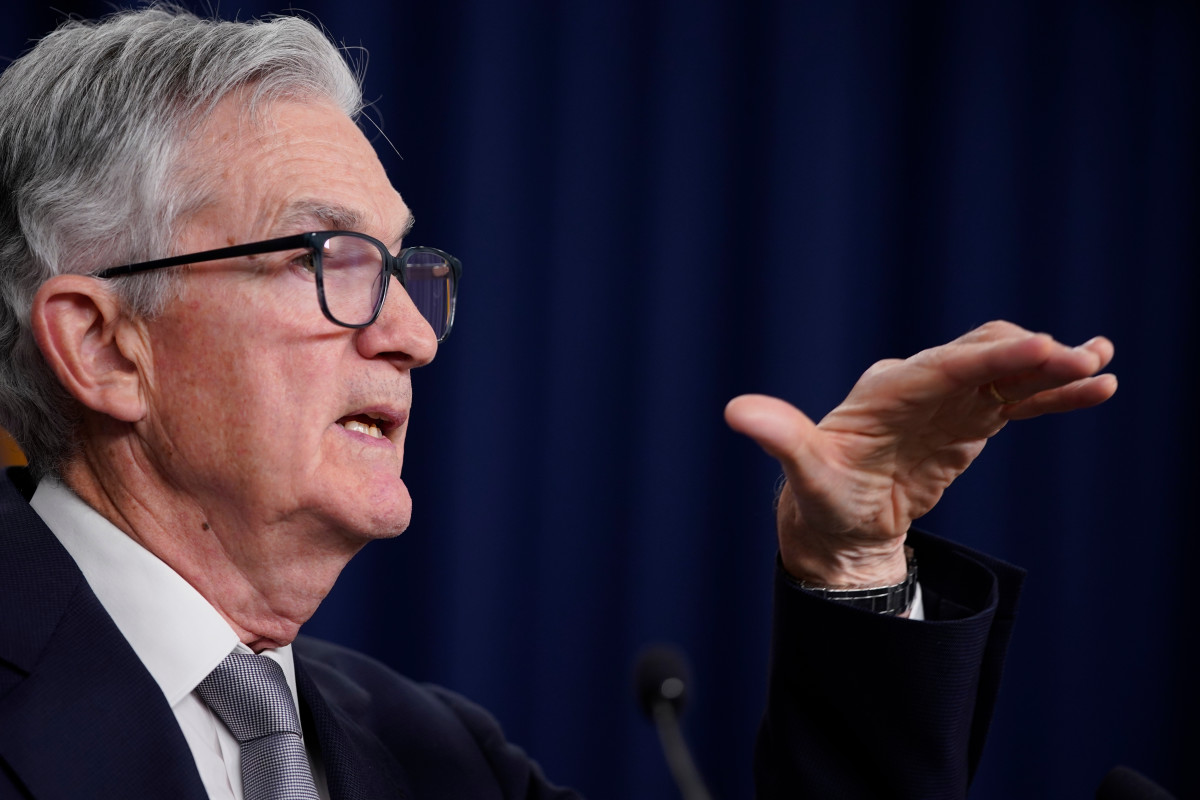
U.S. retail sales tumbled sharply lower in January, snapping a five-month winning streak, data indicated Friday, as extreme weather, California fires and surging inflation trigged a consumer spending hangover following December's solid gains.
Headline sales fell 0.9% last month to a collective tally of $723.9 billion, the Commerce Department, well south of Wall Street's consensus forecast of a 0.1% decline and the upwardly-revised December reading of 0.7%.
The closely tracked control-group number, which excludes autos, building materials, office supplies, gas-station sales and tobacco, and feeds into the government's GDP calculations, fell 0.8% on the month, again firmly below the Wall Street consensus forecast of a 0..3% gain and December's gain of 0.7% advance.
Stocks were little-changed following the data release, with futures contracts tied to the S&P 500 suggesting a 3 point opening bell dip while those linked to the Dow Jones Industrial Average are priced for an 82 point decline. The tech-focused Nasdaq is priced for a 50-point gain.
Related: CPI inflation shock hammers Fed rate cut bets for 2025
Benchmark 10-year Treasury note yields slipped 2 basis points lower to 4.494% following the data release, while 2-year notes were down 2 basis points to 4.272%.
The U.S. dollar index, which tracks the greenback against a basket of six global currencies, was marked 0.37% lower at 106.901.
The CME Group's FedWatch suggests the Fed will hold its key rate steady at 4.375% until at least September, and possibly beyond, thanks in part to the faster-than-expected January inflation report and a hot reading of factory gate price increases.
More Economic Analysis:
- 12 things to know about Trump's new tariffs
- Jobs reports to reset Fed interest rate forecasts
- Inflation report upends Fed interest rate cut bets in 2025
Earlier this week, the Commerce Department estimated that CPI inflation for the month of January rose at the fastest pace since the summer of 2023, with gas, housing, insurance and hospital services prices driving the advance.
Headline inflation was pegged at an annual rate of 3%, with the so-called core reading, which strips out volatile food and energy costs, rising to 3.3%, the highest since March of last year.
Related: Veteran fund manager issues dire S&P 500 warning for 2025




